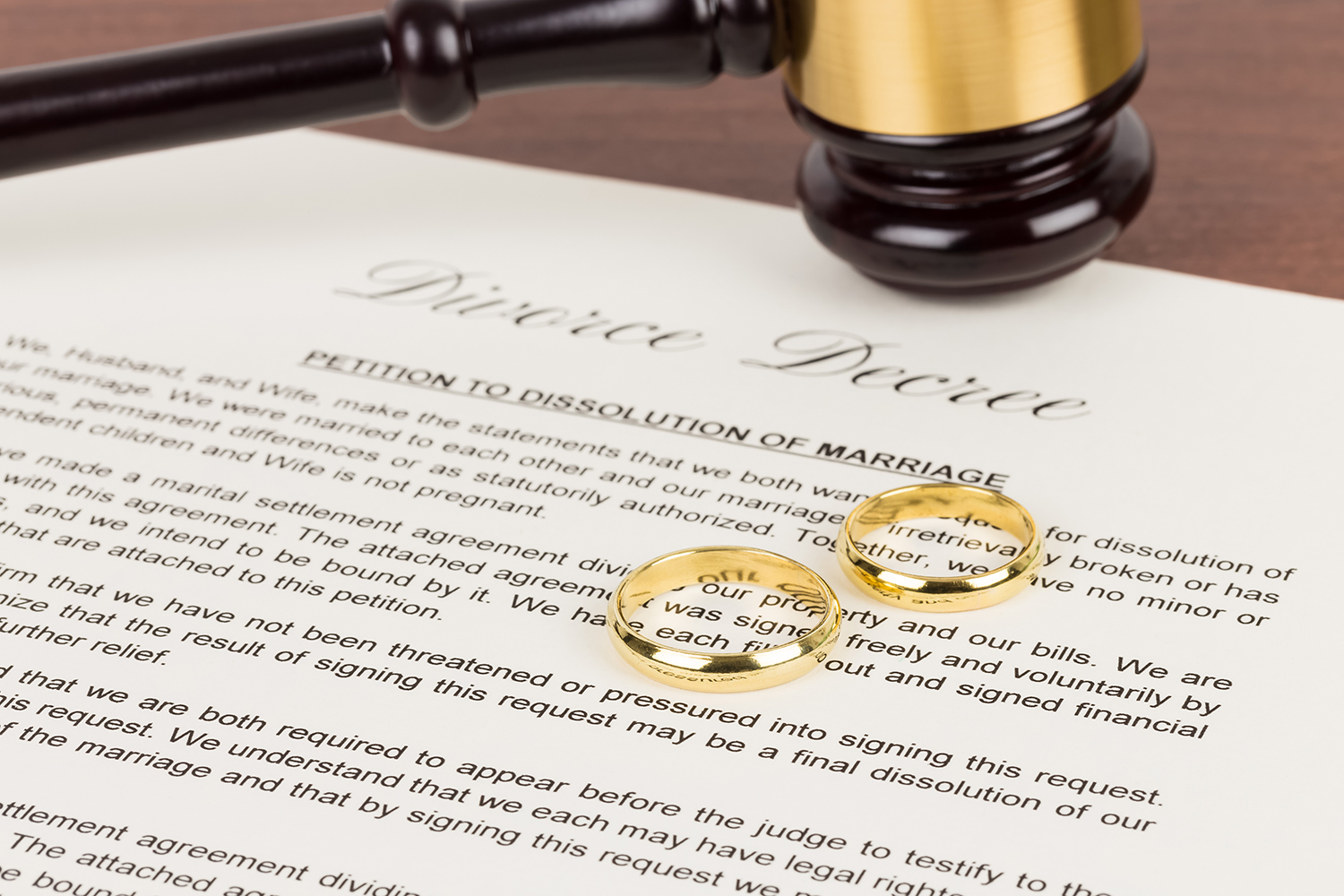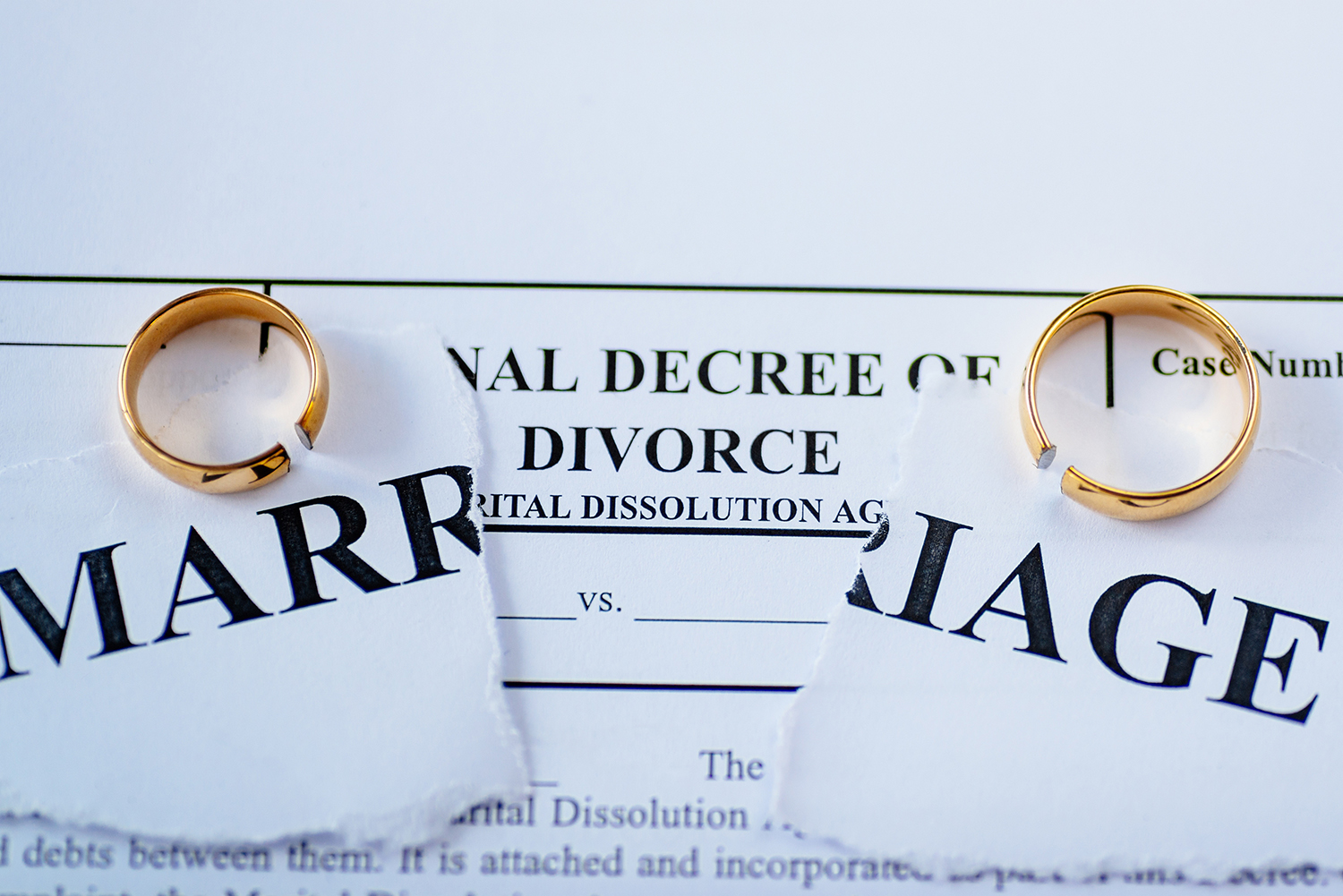How to Change Your Name On Your Social Security Card After Divorce? | 2025 Navigating a divorce can be a complex journey, often involving a lot of administrative tasks. As you embark on this new chapter, one of the most crucial first steps for updating your identity is learning how to change your name on your Social Security card after divorce. This seemingly small step is the foundation for updating all your other important documents, like your driver’s license and passport. That’s where HitchSwitch comes in! While the Social Security Administration (SSA) encourages using their online tools to start the process, it’s important to note that for a name change…
-
-
How to Change Your Name On Your Passport After Divorce? Congratulations on embarking on a new chapter! As you move forward after divorce, one essential step to ensure smooth travels and a fresh start is updating your identification documents, especially your passport. Having a passport that reflects your current legal name is crucial for seamless international travel and avoiding unnecessary stress at the airport. Let HitchSwitch help you navigate this process with ease. Imagine booking flights and hotels under your new name, only to arrive at the airport with a passport showing your previous one – a recipe for unnecessary headaches! Don’t let this happen. For an in-depth outline of…
-
The REAL ID deadline is coming up real soon! REAL ID has allowed the federal government to regulate security standards for issuing identification at the state level. The deadline for people in all 50 states to comply with these standards will take effect next year. As the 2025 deadline for REAL ID compliance approaches, it is essential to understand the significance of this legislation and its implications for travelers. In this comprehensive guide, we will delve into the fundamentals of REAL ID, why it matters, the changes happening in 2025, what travelers need to know, and how to ensure compliance before the deadline. Understanding REAL ID and Why It Matters…
-
How To Change Your Name After Divorce? | 2025 Checklist and Guide Why does a name matter so much? Why does a name carry such weight? It’s not just a string of letters; it’s a testament to who we are, a marker of our journey, and an essential part of our story. Changing your name after a divorce signifies a fresh chapter, a renewed beginning. Our guide is tailor-made to provide you with expert insights and a foolproof checklist, covering everything from securing your divorce decree to updating all your accounts. With HitchSwitch by your side, you’ll tackle how to change your name after divorce. Remember, these steps are general,…
-
The beginning of the new year, the fifth of January to be exact, one of my closest and beloved friends called me sobbing at four in the morning. I immediately jolted out of bed, panicked because 1) I couldn’t understand a single word she was saying and 2) I thought something terrible had happened to her. As I did my absolute best to calm her down, she went on to say the words I dreaded hearing from any of my loved ones: I’m getting a divorce. I’ve known Casey since we were in elementary and anyone who knew her adored her. She was one of those people who radiated positivity…




